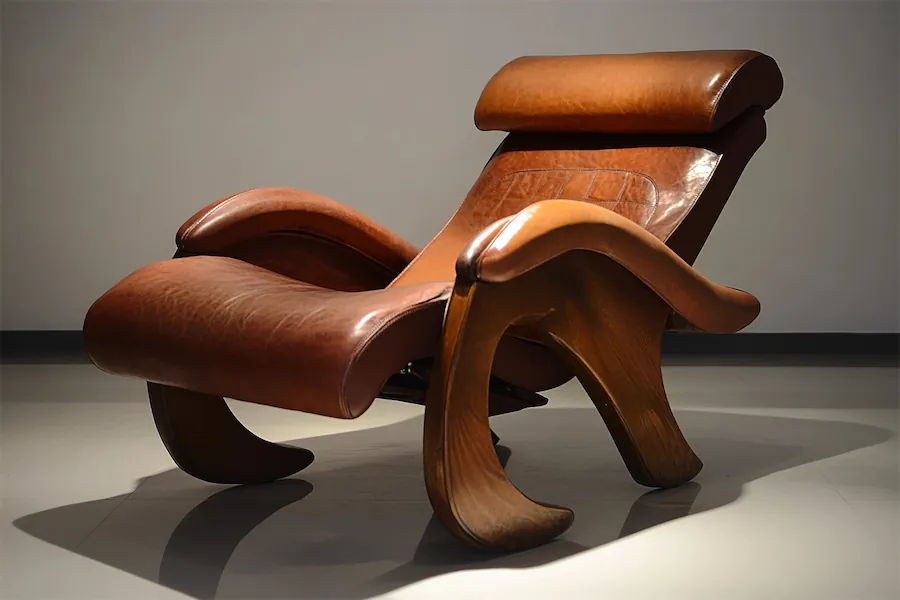Reclining leather chairs epitomize luxury and comfort, seamlessly combining the functionality of a recliner with the elegance of leather upholstery. This article explores their history, key features, applications, considerations for selection, and concludes with their significance in modern interiors.
History and Origins of Reclining Leather Chairs
The concept of the recliner dates back to the 19th century, with early designs introduced by the French military in the 1850s as portable camp beds that could serve as chairs, beds, or chaise longues.
In the late 1920s, American cousins Edward Knabusch and Edwin Shoemaker patented a wooden bench that could recline, leading to the creation of the iconic La-Z-Boy chair.
The integration of leather upholstery into recliners became more prevalent in the early 20th century, as leather became more widely available and affordable. Leather was prized for its durability, comfort, and luxurious appearance, making it a popular choice for high-end recliners.
Key Features of Reclining Leather Chairs
- Adjustability: Multiple reclining positions, often with integrated footrests, allow users to find their optimal comfort level.
- Material Quality: Premium leather upholstery offers durability, ease of cleaning, and a sophisticated aesthetic.
- Support and Comfort: Ergonomic designs provide adequate lumbar and neck support, with cushioning that conforms to the body.
- Additional Features: High-end models may include heating, massage functions, and USB ports for enhanced convenience.
Applications of Reclining Leather Chairs
- Living Rooms: Serve as focal points, offering comfortable seating for relaxation and entertainment.
- Home Theaters: Provide luxurious seating options that enhance the viewing experience.
- Offices and Studies: Offer a comfortable retreat for reading or contemplation.
- Healthcare Settings: Utilized in environments where patients or clients may need to recline comfortably during treatments or consultations.
Considerations When Choosing a Reclining Leather Chair
- Space Requirements: Ensure sufficient room for the chair to fully recline without obstruction.
- Leather Type: Different grades of leather offer varying levels of durability and comfort; full-grain leather is the highest quality.
- Mechanism Quality: Reliable reclining mechanisms are essential for longevity and ease of use.
- Aesthetic Compatibility: The chair’s design and color should complement existing interior décor.
- Budget: High-quality reclining leather chairs can be a significant investment; consider long-term value and durability.
Conclusion
Reclining leather chairs have evolved from functional pieces to symbols of luxury and comfort in modern interiors. When selecting one, consider factors such as space, leather quality, mechanism reliability, and design compatibility to ensure it meets your needs and enhances your living space.
